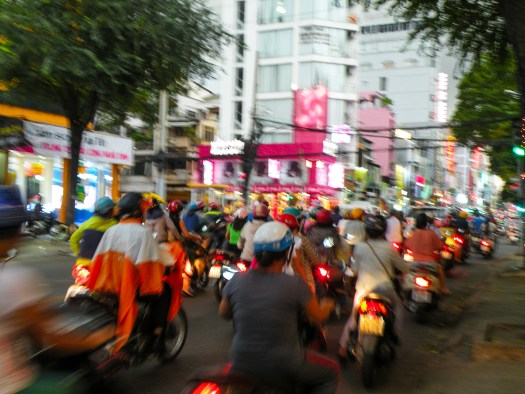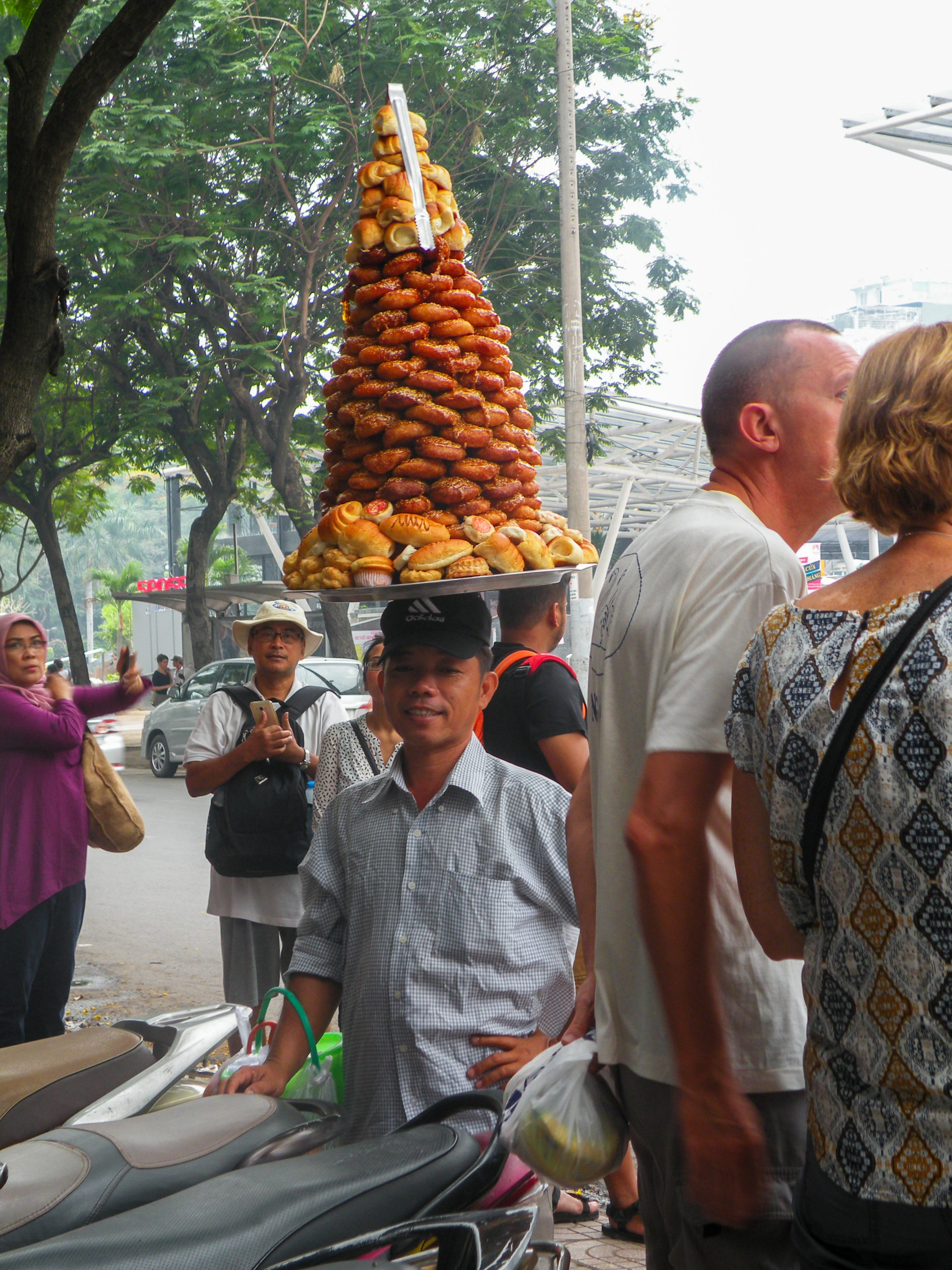Here is my little guide on what to know before travelling for the first time to Nepal, the country with the world’s highest mountains and the birthplace of Buddha. I will share my experiences with you, provide tips on trekking and transportation, highlight common mistakes to avoid, and suggest dishes to try out.
Facts – A country full of opposites
Population: 30 million
Capital: Kathmandu
Currency: Nepalese rupee (NPR)
1 EUR is 145.20 NPR
1 US$ is 133.01 NPR
Nepal is the home of eight of the fourteen world’s highest peaks with a height above 8,000 m (26,246 feet), along with the highest mountain of the world: Mount Everest. According to the Nepalese embassy, the Upper Himalaya occupies 15 % of the total area of the country; the middle hills and Lower Himalaya cover even 68 %. The landscape is really diverse, and offers not only the snow-covered peaks of the Himalayas but also national parks in the Terai region with a lowest altitude of 70 m (229 ft) above sea level in the South of the county. These national parks are home for endangered animals like the Royal Bengal tiger, the One-horned rhinoceros and Gangetic dolphins.
Nepal is a rather small country especially compared to its neighbours India and China. Nepal’s size of 147,181 km² (56,826 mi²) can be compared with countries like Bangladesh (148,460 km²; 56,977 mi²) and Tajikistan (143,099 km²; 55,100 mi²) or the US state of Iowa (145,746 km²; 56,272 mi²). The main religions are Hinduism and Buddhism. Nepal is known as the birthplace of Buddha.
Safety – Listen to your instincts
I have to say that I felt totally save walking through Kathmandu and Pokhara, also at night on busy streets. There was not a moment I felt worried or afraid, and I also did not see anyone who would try to harm me in any way. Of course, you should always listen to your gut feeling and instincts. Stay in busy streets at night, and if you feel unsafe take an official taxi home.
Trekking – One of the top activities in Nepal
One of the top activities when visiting Nepal is trekking in the Himalayan Mountains. Since April 2023, it has been obligatory to arrange for a guide to accompany you on your hike. You can easily organise your tour through one of the many tourist companies and find someone who speaks English or even another foreign language. Your company and guide can also assist you in finding a trek that suits your fitness level and recommend guest houses for lunch breaks and overnight stays.
You can also arrange a Sherpa for your trekking. Sherpas will be paid to carry your backpack for you. Our Sherpa even cooked for us. We had three meals a day plus tea breaks. We were a group of five people accompanied by a first guide, a second guide and two Sherpas carrying our luggage.
Extra tip and no health insurance benefits
It is common to give your guide and Sherpa an extra tip on top of their payment. The amount of the tip depends on the size of your group and the status of the guide. Typically, guides will receive a larger tip than Sherpas. We also had to research the appropriate amount of tip, but decided to give the guides around 8 EUR (approx. 9 USD) per day per person and the Sherpas 4 EUR (approx. 4.50 USD) per day per person. It is also important to emphasize that there are no health insurance benefits for locals in Nepal. Therefore, guides and Sherpas have to pay their medical bills themselves. Earning more money through tips can help them save to cover their higher risk of illness.
Bring enough cash with you because there will be no chance to withdraw money in the mountains. Some people also accept Euros or US Dollars but will charge you significantly more than in the local currency.
Rent your trekking clothes
There are many shops in cities like Kathmandu and Pokhara where you can buy or rent various types of trekking clothes and gear, such as suitable jackets, backpacks or sleeping bags. Our guides provided us with sleeping bags rated for -20 degrees because most houses in Nepal do not have heaters, so it can get very cold at night.
Beware of altitude sickness
One of the primary concerns for hikers is altitude sickness, which can be extremely dangerous. Altitude sickness occurs when ascending too rapidly, causing the body to not have enough time to adjust to the reduced oxygen and air pressure. This can result in symptoms such as headaches, fatigue, dizziness, loss of appetite, and swelling of the hands, feet, and face. In severe cases, it can lead to pain, nausea, and vomiting, and if left untreated, it can even cause death.
Therefore, it is crucial to listen to your body and take steps to prevent altitude sickness. While I am neither a doctor nor a hiking expert, here are some tips I learned in Nepal: It is important to ascend slowly, typically not gaining more than 500 m (1,640 ft) in altitude per day. Additionally, it is advisable to should also descend or stay at the same altitude every 3 to 4 days once you reach 3,000 m (9,842 ft) or above. You should also increase your water intake. It is best to consult with your doctor beforehand, especially if you are not used to high altitudes and plan on ascending above 2,500 m (8,202 ft).
Transportation – Very slow and quite bumpy
There are several local buses you can use for travelling within the cities or for overland journeys. Just be aware that the ‘highway’ is currently not paved, so overland travel is slow and quite bumpy due to poor road conditions. A drive from Kathmandu to Pokhara takes approximately 6-8 hours for a distance of 201 km (125 mi). However, when we visited Nepal in January 2024, the country was already working diligently on the development of the roads. Until then, booking a flight can also be an alternative. Flights are relatively expensive but will save you a significant amount of time. We paid 120 EUR (approx. 130 USD) for a one-way flight from Pokhara to Kathmandu.
Food – veggie and spicy
To me, Nepal was heaven on earth because it offers a lot of vegetarian dishes. Nepalese people usually eat very spicy, so I must warn you not to ignore the spiciness level on the menu and to ask for less spicy food, at least if you are not used to it. Ordering a Lassi can be a perfect choice, not only saving your mouth from burning caused by too many chillies in your food, but it is also a local drink from Nepal (and India). Lassi is a yoghurt drink that can be enjoyed plain or with different flavours such as vanilla, mango or chocolate. It tastes similar to a milkshake and is super delicious.

Nepalese cuisine is influenced by its neighbouring regions of Tibet and India. The most common dish is Dal Bhat (Nepali: दालभात). It consists of rice, lentils (also in the form of soup), various curries, and vegetables such as onion, garlic, ginger, chilli, tomatoes, beans, or tamarind. The variety of vegetables also depends on the seasonal availability and the region. Another popular Nepalese dish is Momos, dumplings filled with vegetables or meat.
By the way, cows are considered holy and therefore, protected animals in Nepal. Consequently, you will not find any beef on the menu because killing cows is punishable by law.
Water – Why you should only eat peelable fruits
Tap water should not be consumed by people who are not accustomed to the local bacteria in the water. To be safe, you should buy bottled water and avoid drinks made with ice cubes. Also, be cautious with fruits washed with tap water and cold dishes like salads. If you want to be on the safe side, you should prefer eating fruits that you have to peel before eating, such as bananas and oranges, and only consume cooked dishes where the bacteria get killed in the process. I also read that it is advisable to avoid eating fish and meat.
Nepalese Calendar – Welcome to year 2080
In Nepal, people use two different kinds of calendars: Nepal Sambat as the ceremonial calendar, and Vikram Samvat as the official calendar. However, Nepalese are also familiar with “our” calendar, the Gregorian one.
Nepal Sambat is a lunar calendar based on the monthly cycles of the Moon’s phases. This calendar is mainly used by the Newar people in Nepal for celebrating festivals and observation rituals.
Vikram Samvat is a solar calendar and is around 56 (from January-April) to 57 (from May-December) years ahead of the Gregorian calendar, depending on the month. Therefore, while it is the year 2024 in the Gregorian calendar, it is the year 2080 in Vikram Samvat. The calendar is also used in the Indian subcontinent.
Weather – Different temperatures and no heaters
Nepal has huge significant temperature variations depending on altitude and between day and night. Therefore, you should be prepared for all kinds of weather and dress in layers.
In general, the best time to travel is from the end of September to May. However, it also depends a bit on what activities you plan to do and where you intend to go.
Be aware that most Nepalese houses do not have heaters but only a fireplace in the central area of the house (typically the living room). Additionally, access to hot water may not be guaranteed. Usually, thick blankets are provided in every accommodation, including guesthouses in the mountains. We also rented extra sleeping bags beforehand because nights can get extremely cold, sometimes requiring sleeping with a hat and scarf. If you freeze easily, I would recommend bringing a hot water bottle to Nepal. Most “better” hotels provide a kettle in their rooms, and it shouldn’t be a problem to ask for hot water in a guesthouse as well.
Fun facts – Parties, tip, and bargain
In Nepal, working and school are from Sunday to Friday, with only Saturday as a day off. Therefore, the best day to go out at night is Friday when bars and clubs are filled with people.
Usually, you will not be expected to tip in Nepal. However, especially in tourist areas, people are more used to receiving tips anyway. So, consider giving a small tip to your driver, hotel staff, and restaurant servers. People will not expect it, but they will appreciate it. An exception is tipping your guides and sherpas, which is entirely customary (see the section on trekking).
While stores and supermarkets have fixed prices, it is common to bargain at markets, such as the tourist shops in Kathmandu. Our guide informed us that prices can be up to double what the products would usually cost on the street.
In larger cities like Kathmandu and Pokhara, as well as in tourist areas, there are more and more shops, restaurants and accommodations where it is possible to pay by credit card. Nonetheless, it’s always advisable to bring some cash in the local currency Nepalese Rupees (NPR) with you. You can easily withdraw money from ATMs in the cities or exchange your currency to NPR at official exchange points. However, be aware that it may become increasingly difficult or even impossible to exchange or withdraw money in rural areas and mountainous regions.
Have you visited Nepal before? Share your tips in the comments below.
You have read the blog post Good to know – Your first trip to Nepal on My Travel Journal-Blog.




































































 I did the free trips with
I did the free trips with 

















